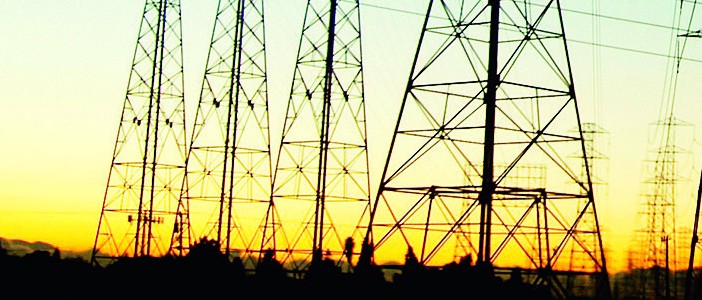Electricity could be cheaper and cleaner if regulations blocking local, efficient energy systems in Australia were removed, according to a City of Sydney submission to the Prime Minister’s energy efficiency task group.
City of Sydney’s energy expert Allan Jones, said decentralised networks of ‘trigeneration’ plants could solve the peak power demand problems more cheaply and efficiently than upgrading electricity networks and building new, remote, coal or gas fired power stations.
“At a time when consumers are bracing themselves for the first part of the NSW Government’s 40 per cent electricity price rises – people must be asking if there’s an alternative,” Jones says.
“More than $5 billion is proposed to be spent in the next five years upgrading the network of cables, wires and transformers to meet primarily increased peak electricity demand such as mid-summer when air conditioning use is at its highest.
“These costs could be significantly reduced or delayed if cities and other urban areas were supplied from a local network of trigeneration plants.”
Tri-generation plants burn natural, renewable or other low carbon gases to produce electricity. The waste heat is captured and used for heating and, through heat-fired absorption chillers, cooling of buildings. They are nearly three times more energy efficient than a coal-fired power station.
“Trigeneration is currently restricted to small scale plants within individual buildings as proponents avoid exporting electricity into the grid due to regulatory barriers.”
Jones, who took the English city of Woking off the grid and implemented London Council’s greenhouse gas reduction strategy, said a far greater scale of energy generation and emissions reductions could be achieved by city-wide trigeneration systems, maximising the local export of electricity.
The City of Sydney is about to seek tenders for the installation of a network of large-scale tri-generation systems that will supply electricity, heating and cooling to its buildings with the potential to connect other nearby premises.
The first phase will see the installation of trigeneration plants at least seven sites in central Sydney. These systems are expected to have a capacity of up to 25 Megawatts by 2015, increasing to at least 330 MW by 2030. This will supply 70 percent of the City’s energy needs, with the remainder coming from renewable sources and energy efficiency measures.
The City is currently working with Energy Australia to obtain exemption to transfer surplus power to other Council buildings across the electricity network. Lord Mayor Clover Moore MP said the City of Sydney’s work will be watched closely by Australia’s other capital cities.
“Australian cities could halve their greenhouse gas emissions over the next 20 years if they implemented a plan similar to ours,” Ms Moore said.
“This was the finding of a study by the Centre for International Economics Australia which said national emissions could be slashed by a cumulative 540 million tonnes between 2010 and 2030, roughly equivalent to the total of Australia’s 2008 emissions.
“Expanding NSW’s centralised electricity grid infrastructure and building more remote coal fired power stations is economically irresponsible and environmentally dangerous.
“This outdated, inefficient and polluting energy system must be replaced with low carbon, local energy production if we are to fulfil our commitments to avoid dangerous climate change,” Ms Moore said.
The Prime Minister’s task group on energy efficiency has been asked to examine the most economically, environmentally effective and socially inclusive energy efficiency mechanisms to deliver ‘step change improvement’ in Australia’s energy efficiency by 2020 and place Australia at the forefront of OECD energy efficiency improvement. The group is considering submissions and is expected to report options to the Federal Government by June.
For more information and interviews
contact:
Jon Walter,
City of Sydney,
Phone: (02) 9265 9130
mobile: 0406 868 359
For more City of Sydney media releases go to www.sydneymedia.com.au – See more at: http://www.stratavoice.com.au/blog/environment/25-lower-power-prices/#sthash.wZlt8tYI.dpuf



